Toward Reading and Writing: Early Montessori Language Lessons
I jumped ahead with sharing the Montessori Pink Series – there is quite a bit in the Montessori Language Curriculum that should come before it, so today, we start at the beginning with a post on Early Montessori Language Lessons. This post is written by Beth Holly, whose work you can find on Teachers Pay Teachers..
Montessori Sound Games
Today we begin a series on the early Montessori language lessons that lead a child toward reading and writing.
Dr. Montessori had a gift for analyzing the various steps or components in complex skills such as reading and writing. She was able to break these skills into manageable and engaging activities that led the child to believe that she had discovered the secret to reading or writing all on her own.
The first language lesson we’ll cover is the Sound Games. These games highlight that spoken words are made up of individual sounds. The child learns to hear the individual sounds in a word in preparation for matching a letter/s to the sound.
The next lesson we’ll address is the Sandpaper Letters, rough letters mounted on cardstock or a board for tracing and pronouncing. With the Sandpaper Letters, the child is matching the spoken sound to its symbol.
Next we’ll look at the Moveable Alphabet, cut–out letters that the child uses to build words through auditory analysis. Some children make the leap from the Moveable Alphabet to blending words that they see in print; other children will need a little more help in this direction.
Let’s dive right into the Sound Games, since this is where it all begins.
How to Present the Montessori Sound Games
Remember, the sounds games are about hearing sounds. We’re not concerned with how the sound is spelled at this point, since this is strictly a listening exercise, and not visual. At first, the child may not grasp the concept and will offer any word. Just say “nice word!” and keep trying. It will be evident when the child “gets it.” Once you begin the sounds games, it’s important to play them every day, but keep it short and lively. It should be fun and not tiring!
Purpose: Direct: preparation for work with the sandpaper letters. Indirect: phonemic awareness as a preparation for writing and reading.
Material: spoken words, objects in the environment, collection of small objects representing a variety of beginning, ending, and middle sounds
Age: 2 ½ – 5
Control of Error: Teacher
Note: The sound games are an auditory exercise, a listening exercise, rather than visual or tactile. The presentation can be given without reference to actual objects; however, if the games prove to be too abstract for the children, you may introduce concrete items. Montessori Services sells a Language Object Starter Set consisting of miniature objects appropriate for the sound games. Remember that there is not a one-to-one correspondence between letters and sounds in all English words. For instance, cat has three sounds and three letters, but thatch has three sounds and six letters. In the sounds games, we are concerned only with the sounds. Spelling patterns will be addressed when the child reads.
For the Presentation with Objects described below, proceed to the next stage only when the children have had ample experience with the previous stage. You may need to present an isolated lesson on the concepts first, middle, and last. If you have children of varying skills in one group, ask each child for a sound appropriate to her skill level. Over time, vary the sounds games, using picture cards or other props. Be creative.
Presentation without Objects
- Gather a few children comfortably around you. Tell them, “We’re going to play a game.”
- Mentally pick a sound. Early on, choose sounds easy for the young children to pronounce. \S\ is a good sound with which to begin.
- Tell the children, “I’m going to say a sound.” Make the sound accurately, but draw it out. Tell the children, “Let’s think of some words with \s\” (uttering the sound, not the letter’s name).
- Say words with the sound, emphasizing or elongating the sound. Words may have the sound at the beginning, middle, or end, e.g., snake, sip, sing, mess, last, sandwich.
- Ask the children to help think of words with the sound.
- If a child gives a wrong response, say “Nice word! Listen to the sound again.”
- Repeat the sound and offer more words.
- For children with difficulty, you may bring in a concrete. For instance, say “I’ll touch an object with the sound.” Touch an object of which the child knows the name and contains the sound, e.g., sponge.
- Continue the game as long as the children are interested.
Exercise: Children may spontaneously think of words with a chosen sound.
Presentation with Objects (I Spy)–Stage 1: Beginning Sounds
Note: Before the formal presentation below, you may begin with identifying something on the child’s person or in her hand. “Oh, you have on new shoes. Shoe. Shoe begins with \sh\.” The immediate is easiest for a child to grasp, and she is most interested in herself. Make the sound correctly. Do not attach vowel sounds to consonants (\b\ not buh, \t\ not tuh). When ready to present items generally, proceed as follows:
- Collect three objects with contrasting beginning sounds (\s\, \b\, and \t\ are good contrasts with which to begin).
- Gather a few children around a rug and tell them, “We’re going to play the I Spy game.”
- Place the first item on the rug while naming it, e.g., “This is soap.” Introduce the beginning sound in isolation: “The word soap begins with \s\” (uttering the sound, not the letter’s name).
- Repeat with the next two objects.
- Tell the children, “Listen. I spy with my little eye something that begins with \s\.” Children may point to or name the object.
- Continue with the other objects. Extend the I-spy stage mixing up the order to observe whether the children understand the concept.
- If the children are fast and remain interested, you may proceed with another three objects. If the children offer wrong responses, say “Let’s name the objects again.” Repeat the names while strongly emphasizing the beginning sounds. Try the I-spy stage again.
Extension
When the children have arrived at choosing the correct object from the few you have collected, increase the number objects from which to choose, and then finally present the difficulty of finding the appropriate object anywhere in the room.
Stage 2: Ending Sounds
When pronouncing the objects’ names, emphasize the ending sound. Teacher says, “I spy with my little eye something that ends with \p\” (or whatever sounds are represented by the objects).
Stage 3: Middle sounds
When pronouncing the objects’ names, emphasize the middle sound. Teacher says, “I spy with my little eye something that has \a\ in the middle” (or whatever sounds are represented by the objects). When the children can identify the middle sound of words with three sounds, increase to words with four sounds, e.g., desk, lamp, mask, milk, penny, letter (remember we are isolating sounds not letters). Pictures may be substituted for objects at this stage.
Stage 4: Beginning and Ending Sounds Together
Teacher says, “Listen carefully. I spy with my little eye something that begins with \h\ and ends with \t\” (or whatever sounds are represented by the objects).
Stage 5: Previous Stages Mixed
Teacher mixes commands, asking for a variety of combinations. Variations are numerous; explore them all.
…that begins with \t\.
…that ends with \p\.
…that begins with \p\ and ends with \g\.
…that has \e\ in the middle.
…that has \b\ and \a\ together.
Stage 6: Presentation without Objects (above)
At this stage, all sounds, including those represented by multiple letters when written, should be explored.
Stage 7: Isolating All Sounds in a Word
Teacher asks the child to think of a word and suggests that together they say each sound one after the other. Offer extensive practice in this stage, until the children can work out independently every sound in a word regardless of how long.
Readings
Montessori: A Modern Approach, p.127
A Path for the Exploration of Any Language Leading to Writing and Reading (1968/2003), by Muriel Dwyer
Check out more Montessori Language Arts posts from my fellow Montessori Mom bloggers:
Alphabet Worksheets a-z – Free Q Tip Painting Printables | Natural Beach Living
The Best 6 Free Montessori Language Curriculum PDF Download | The Natural Homeschool
Free Warbler and Yellow Warbler Do-a-Dot Printables (Montessori-Inspired Phonics Instant Download) | Living Montessori Now
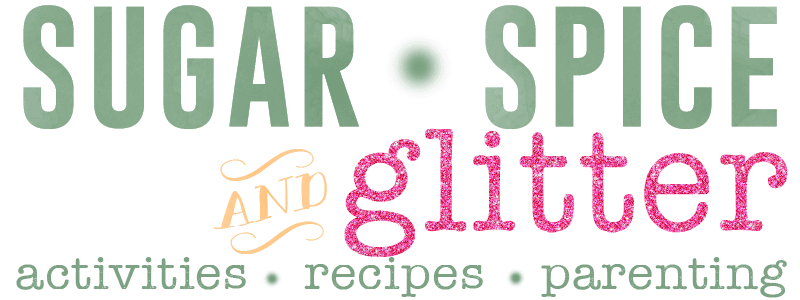
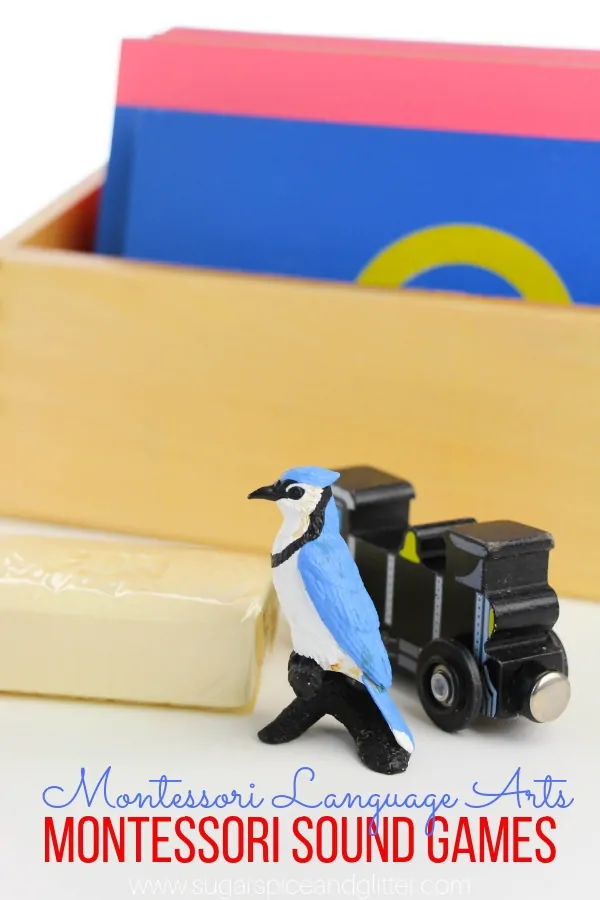
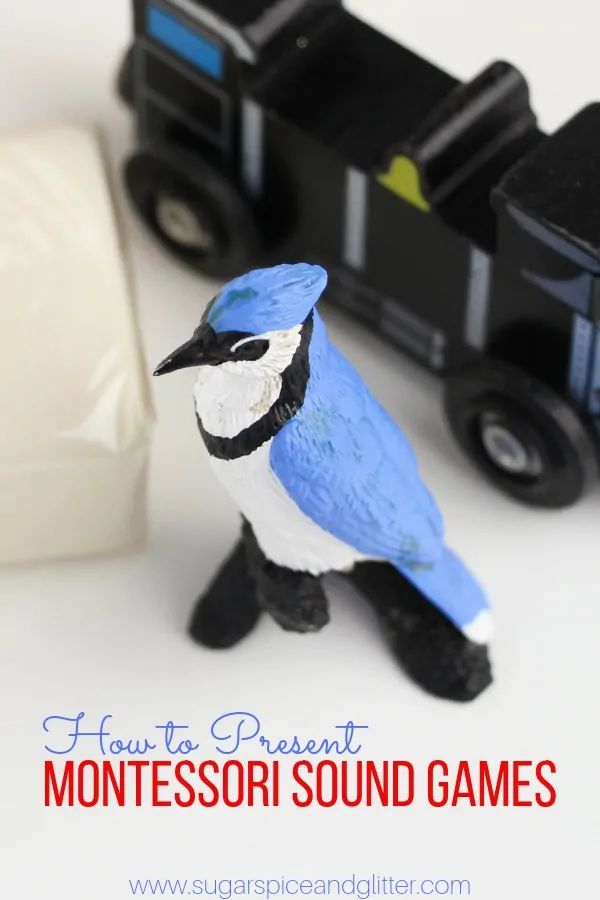
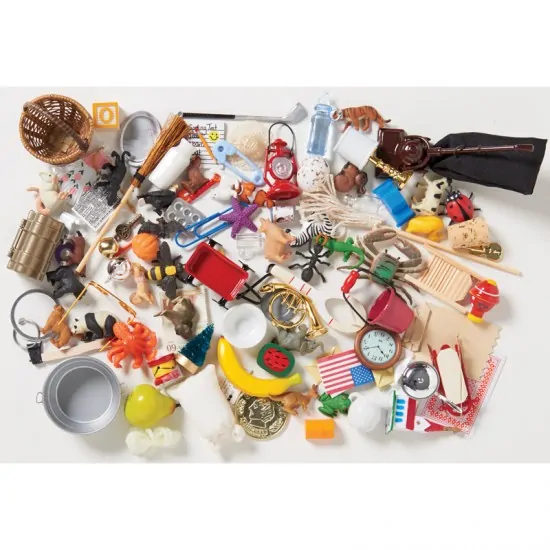
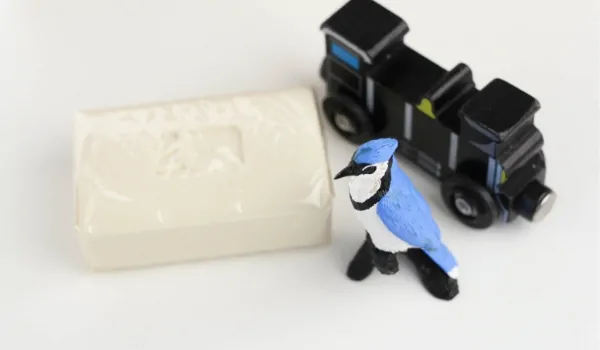
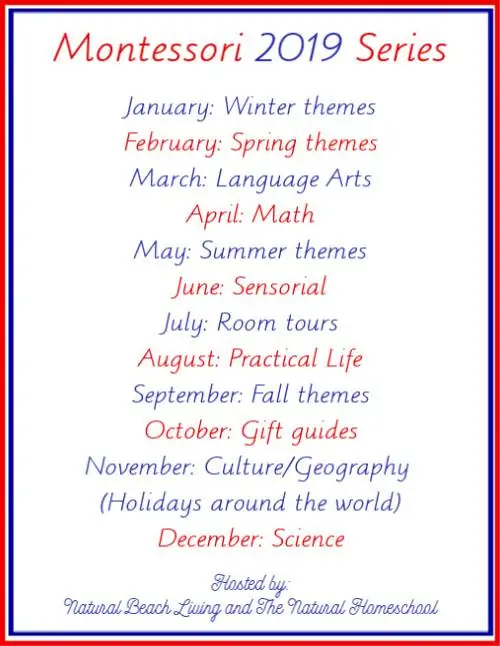
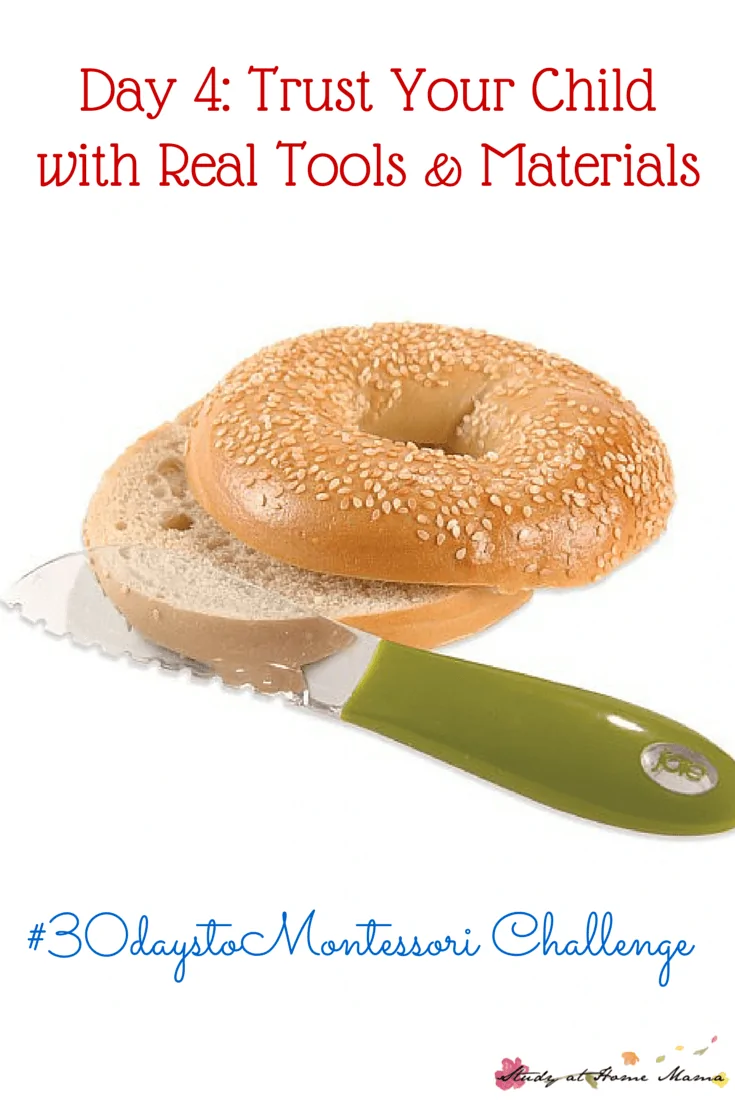
Thanks for sharing! Great post!
Thank you, Maryann.
Interesting tips and ideas that parents can follow for their kids learning needs. Thanks for it.
Thank you, I hope you found it helpful.
you’re welcome, thank you for your comment!
Thank you for your comment!
I particularly appreciate the emphasis on breaking down complex skills into manageable steps, allowing children to discover the joy of learning at their own pace.
Thank you! I appreciate your comment 🙂